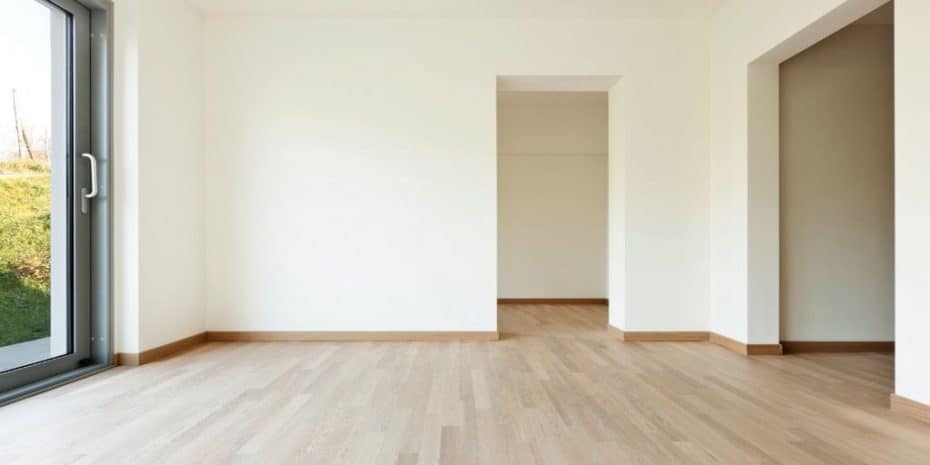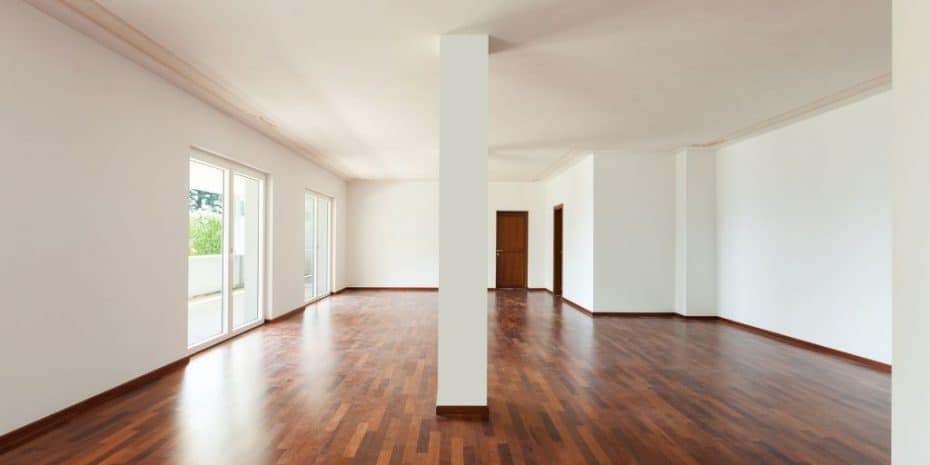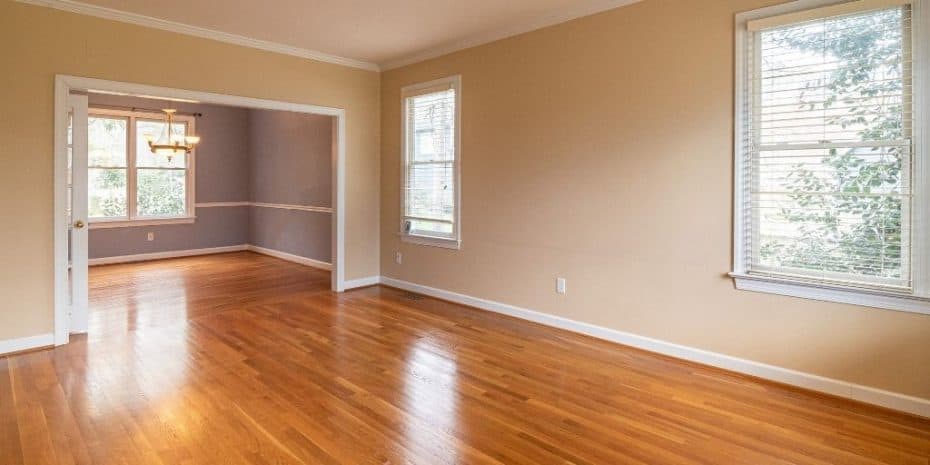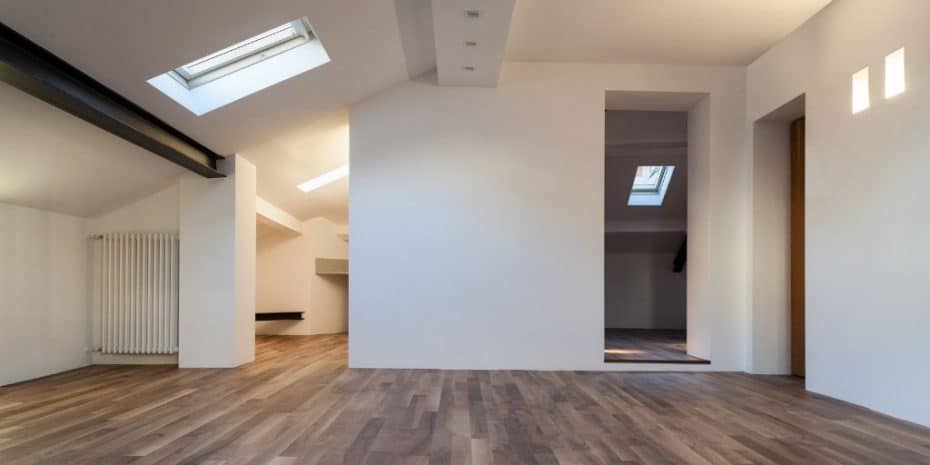What Is Vacancy Rate?
Shortcuts
- Vacancy rate is the percentage of time a property is unoccupied over a 12-month period.
- A 0% vacancy rate means a property is fully occupied, while a 100% vacancy rate means it’s completely unoccupied for the year.
- Vacancy negatively affects profitability since vacant properties do not generate rental income.
- The vacancy rate can indicate a property’s performance and potential issues when compared to the market average.
- High vacancy rates can lower a property’s value and affect the income it is expected to generate, impacting investors’ decisions.
What Is Vacancy Rate in Real Estate?
A critical aspect of analyzing the profitability of an income-producing property is understanding its occupancy.
Occupancy is referring to the percentage of a building that is occupied by a tenant who is actively paying a rent or lease payment to the property owner. Vacancy, on the other hand, is when a rental property is empty and not being leased or rented.
The tenant of an occupied property normally signs a contract with the landlord to pay the property owner a set amount of money at designated intervals (usually monthly) agreed upon in the contract in exchange for the right to use and access the owner’s property.
A vacant property does not generate any money or revenue for the owner. The percentage of time relative to a year it sits vacant is known as its vacancy rate.
A high vacancy rate is one of the main reasons for a struggling or failing real estate investment.
Vacancy Rate: The amount or percentage of time a property sits vacant.
Occupancy Rate: The amount or percentage of time a property is occupied and generating revenue.
Vacancy Rate Example
To better understand the concept, let’s look at how vacancy rates apply to an investment property.
Suppose a duplex has two units occupied by paying tenants. Since both units are occupied, the duplex has an occupancy rate of 100%.
If one of the tenants moves out and the property sits vacant for a month, the property has a vacancy rate of 50% for that month, meaning half the units are empty (which could also be stated as a 50% occupancy). If both tenants move out and the entire property sits vacant for that same month, the property now has a vacancy rate of 100% until new tenants move in.
If someone is leasing a unit or space, it is generating rental income for the owner.
If it is vacant, the owner is not receiving monthly income, and they also have to pay for the ongoing fixed expenses for that portion of the building, such as mortgage and property taxes.
Real estate investors buy rental properties for the purpose of generating profit, but a property with a high vacancy rate will no longer generate a profit and will instead become an expense to the owner.
RELATED: The Beginner’s Guide to Buying Rental Properties (A Case Study)
The vacancy rate of a property is usually indicative of its performance in comparison to its surrounding market. When a building has a vacancy rate higher than other buildings in the surrounding area, investors can conclude that there’s something wrong with the property. It may be poor management, a poor location, poor condition of the property, ineffective marketing, or any number of other things. In any case, an astute investor will know there is clearly something that needs to be addressed.
Calculating Vacancy Rate
To illustrate how to calculate a property’s vacancy rate, let’s look at some examples.
Sunshine Villas, a 200-unit apartment building. 180 of the apartments are occupied.
To find out how many units are vacant, we are going to subtract 180 (number of units rented) from 200 (the total number of units). 200-180 = 20 units that are not rented and considered vacant.
Then we take the number of units that are considered vacant and divide them by the total number of units at the property. We do this to find the vacancy rate of the property.
20 (vacant units) / 200 (total units) = 10% vacancy rate
By understanding vacancy rates, you can apply these calculations to find the average market vacancy rate. This number is calculated by taking the total number of vacant units in the market and dividing it by the total number of units in the market.
The way people view vacancy is dependent on the property and the market it is in. Investors like to compare an individual property’s vacancy rate to that of the market’s average vacancy rate. Depending on the property, neighborhood, or location, a high vacancy rate could be interpreted to mean a lot of things.
- It could mean the property is in a less-desirable neighborhood.
- It could mean there is an opportunity to unlock untapped value.
- It could mean the building is in poor condition.
There are a variety of reasons as to why a given property might have a high vacancy rate. A market’s average vacancy rate is a key component of understanding a building’s rental performance compared to the surrounding area. Each market is going to have a different vacancy rate that depends on many factors:
- Do people want to live there?
- How do the property’s condition and quality compare to other, similar buildings in the area?
- Is there high employment in the area?
- How does the area’s economic outlook appear?
- What is the cost of living in the area?
All of these questions and factors have an effect on the vacancy rate in a given area.
How Does Vacancy Rate Affect a Property's Value?
Since an investment property’s vacancy rate has a direct correlation with the amount of revenue the property generates each year, the vacancy rate does have an impact on the value of the property, especially when it’s evaluated by an appraiser using the income approach.
The income approach is a method of valuing a property based on the revenue it generates yearly. An appraiser will determine the amount of ongoing income (i.e., rent or lease revenue) the subject property can be expected to produce. To determine this number, an appraiser will look at the area’s fair market rent (FMR). FMR seeks to answer “what are similar properties currently being rented or leased for in the same market?”
The appraiser will look at several similar properties (while considering their size, location, condition, amenities, etc.) to determine how much revenue the subject property could feasibly produce. The appraiser can also look at the actual income the subject property has generated historically.
In both cases, the vacancy rate of the market and/or the vacancy rate of the subject property has a direct impact on the property’s value. The more a building is occupied, the more money it generates. And the more money a property generates, the more valuable it is.
Real estate investors always take a property’s vacancy rate into consideration when analyzing a deal to determine the amount of income it can be expected to generate. If a property has a high vacancy rate, the investor will need to understand why so they can create a plan to lower it.
Ultimately, people try to maximize the amount of money a property generates, and a great way to do that is by decreasing vacancy and increasing occupancy. This allows them to generate the maximum income from the rentable space available at a given property.
In commercial real estate, a building’s income determines its value. Vacancy rates are a key component of how much a building is worth and an important part of calculating a real estate property’s value. The financial performance of a property is closely linked to its vacancy rate. It’s one of the key numbers that real estate analysts, banks, and lending institutions look at because of how indicative it is of a property’s performance in the marketplace, and it can also affect the loan amount an investor can get toward a property’s purchase.
About the Author: Howie Bick is the founder of The Analyst Handbook. The Analyst Handbook is a collection of 16 guides created to help current and aspiring Analysts advance their careers. Prior to founding The Analyst Handbook, Howie was a financial analyst.








